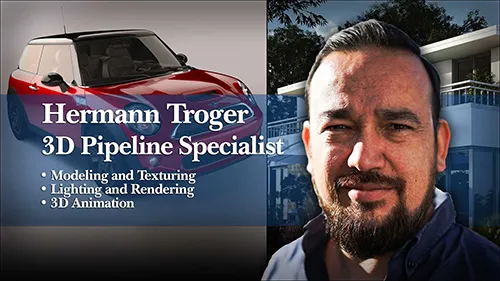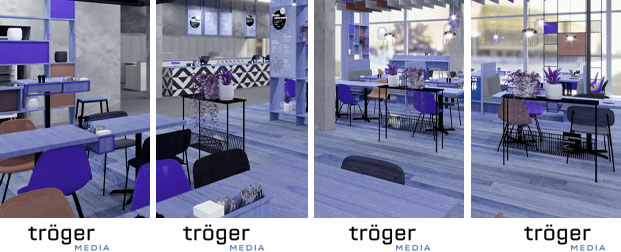Meet Your Teachers
Virtual Reality


Hermann Troeger | Sr. Product Artist
Teaching Courses: Introduction to Digital Arts, Animated Short Films, Virtual Reality
Delivery: Live Online, VANAS+
Studio(s): Troeger Media
Credits: Vynt, Hamfelder, Beconic
Book an Information Session
Check your admissions eligibility
